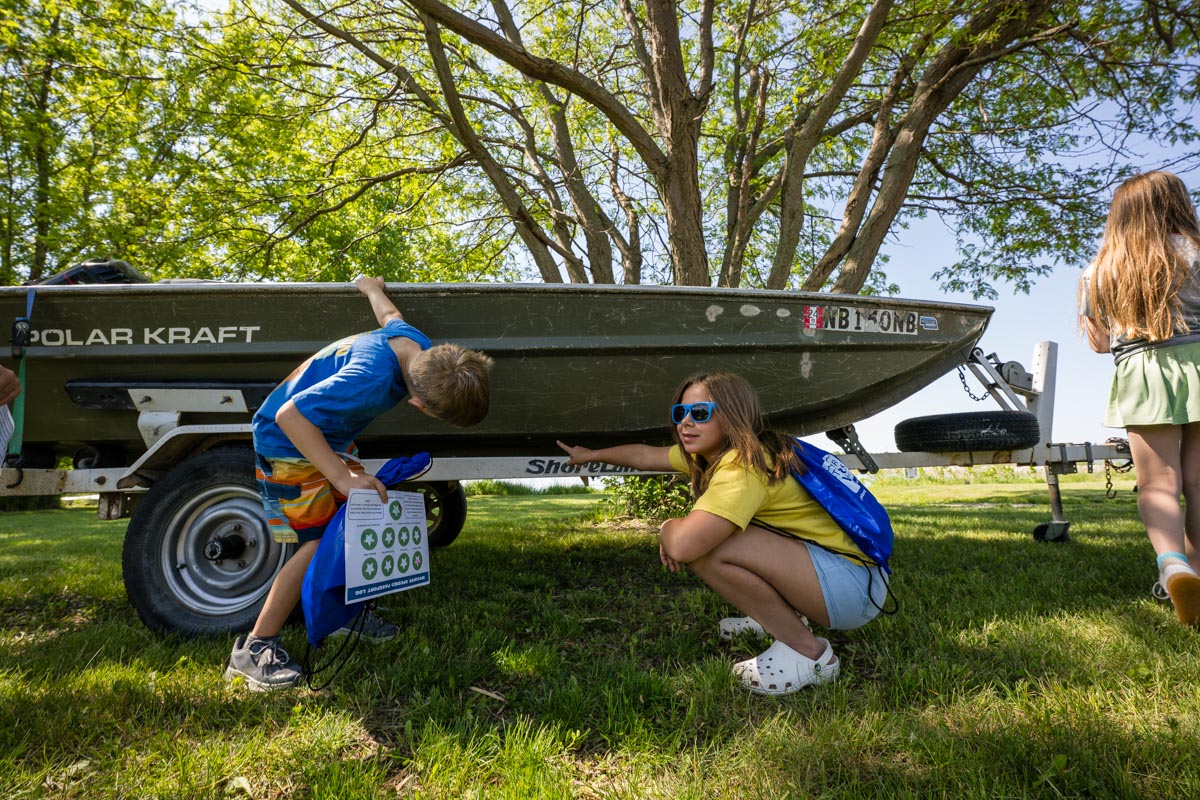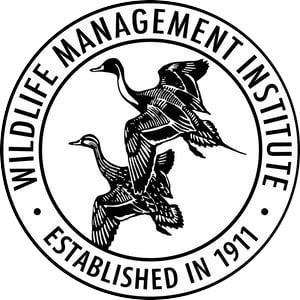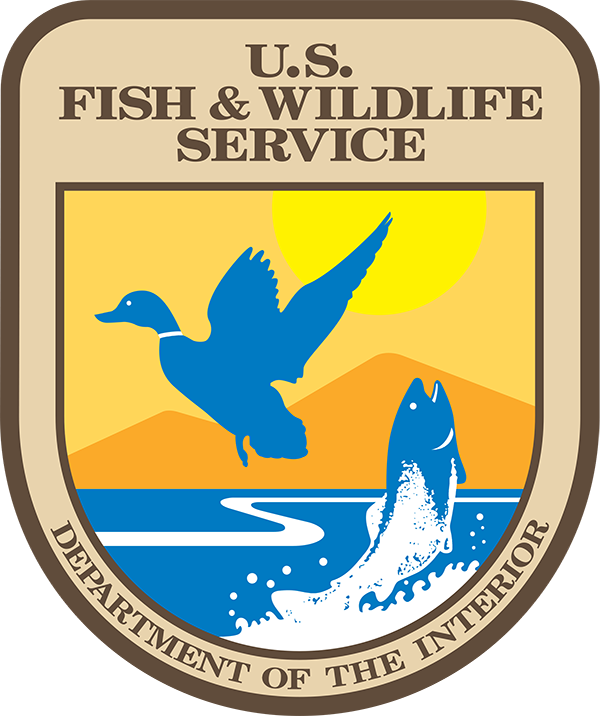Our current research is wide-ranging. From evaluating reproduction and harvest of wild turkeys, assessment of silver carp, understanding influence of environmental thresholds of freshwater assemblages, invasive species risk assessments, understanding conservation influence of greater prairie-chickens in Kansas and Nebraska, and researching strategies for integrating genetic tools into conservation efforts.
Influence of the Conservation Reserve Program on Population Structure, Demography, and Space Use by Greater Prairie-Chickens in Kansas and Nebraska
September 2028
The U.S. Department of Agriculture, Conservation Reserve Program (CRP) is considered the most effective large-scale conservation effort affecting wildlife species in the United States. In the Great Plains, 4.18 million acres of CRP occurs in Kansas and Nebraska, potentially affecting a large number of wildlife species, including many grassland species that may rely on these landscapes for persistence and resilience to dynamic environments. Few studies have assessed the response of the greater prairie-chicken to the establishment of CRP, a species which has lost much of its historical range and is in decline. Kansas and Nebraska support the majority of extant greater prairie-chickens, though populations face multiple threats which may limit movement among remnant populations. The project will hierarchically evaluate the influence of CRP on greater prairie-chicken populations thought the collection of movement, vegetation, and genomic data sets and produce science that will form management actions on CRP enrollment as well as the species in the region.
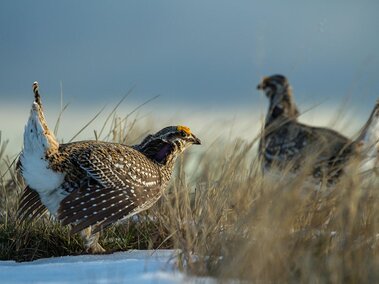
Photo: Nebraskaland Magazine/Nebraska Game and Parks Commission
Influence of Environmental Thresholds on Trajectories of Freshwater Assemblages with Implications for Building Climate Resilience Across Prairie Landscapes
September 2029
Climate change will exacerbate these changes and likely lead to further shifts in species composition and biodiversity loss. Conservation and management actions needed to counter shifts in species composition and biodiversity loss depend on identifying environmental thresholds (i.e., tipping points) after which undesirable state shifts occur. Yet, identifying systematic environmental thresholds across freshwater ecosystems remains elusive despite the recognition that reaching thresholds may lead to trajectories with irreversible changes.
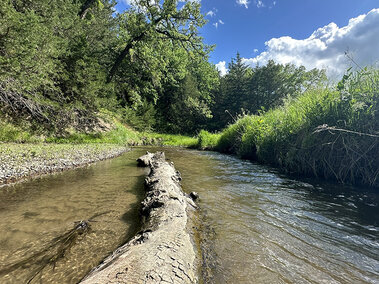
Assess Reference Condition of Small-Mammal Dynamics and Genetic Variation Prior to Ambler Road Development and Ongoing Climate Change
September 2028
Small mammals are keystone species in Arctic and boreal food webs with quick generation times and small home ranges, small mammals are sensitive bioindicators of local disturbance, including climate change and development. As climate change continues to affect temperatures, primary productivity and growing season, we can expect changes in small-mammal populations movements, ranges and cycles that may drastically influence boreal and Arctic ecosystems.
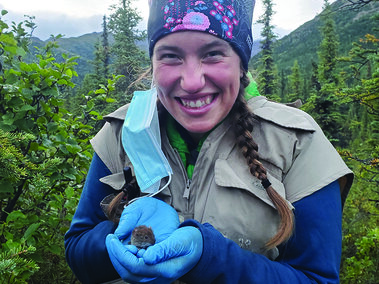
Have Population Size Fluctuations Influenced the Genomic Diversity in Monarchs?
June 2027
North American monarch butterflies are a charismatic pollinator, in part, because of their unique long-distance migration and formation of large clusters of individuals at winter roosting sites. The marked declines experienced by monarchs across North America (>95% since the 1990s) prompted concerns about the persistence of the unique behavioral segments of the species and capacity of the species to respond to current and emerging threats.
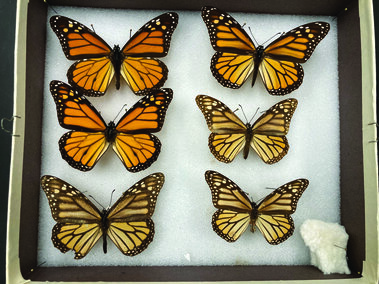
Evaluating Spatial Distribution and Composition of Mesopredator Communities in Western Nebraska
July 2027
Mesopredators are important components of animal and plant communities and play a role in maintaining ecosystem function and health. Not only does the presence of mesopredators on the landscape have a strong influence on prey density and vital rates, mesopredator composition has cascading effects on species and ecosystem processes.
Within Nebraska, scant data are available describing predator composition, occurrence and distribution. Given the influence these predators have on species, data on predator communities are needed to address knowledge gaps regarding population dynamics of harvested species and ultimately inform management strategies for both predator and harvested species.
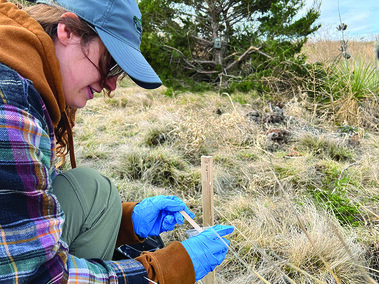
Effects of Woody Encroachment and Management on Grassland Birds in Nebraska’s Sandhills
July 2028
- Quantify the response of grassland birds to time-since-treatment, helping to evaluate the decade of conservation investments in the Sandhills
- Evaluate changes in grassland bird communities and species abundance due to the expansion of ERC
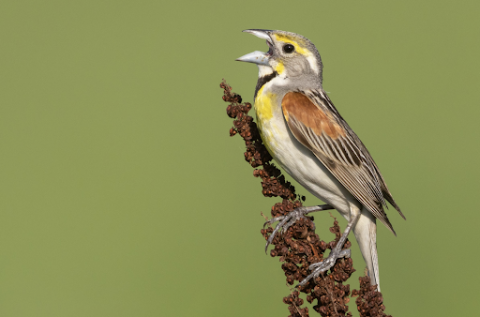
Evaluating the Genetic Implications of Translocation Efforts and Recolonization of River Otters in Nebraska
August 2028
River otters were once common in Nebraska, occupying major rivers throughout the state, though were extirpated by the early-1900s. Nebraska Game and Parks Commission (NGPC) began a reintroduction effort of river otters in 1986 and they have recolonized much of their historical distribution.
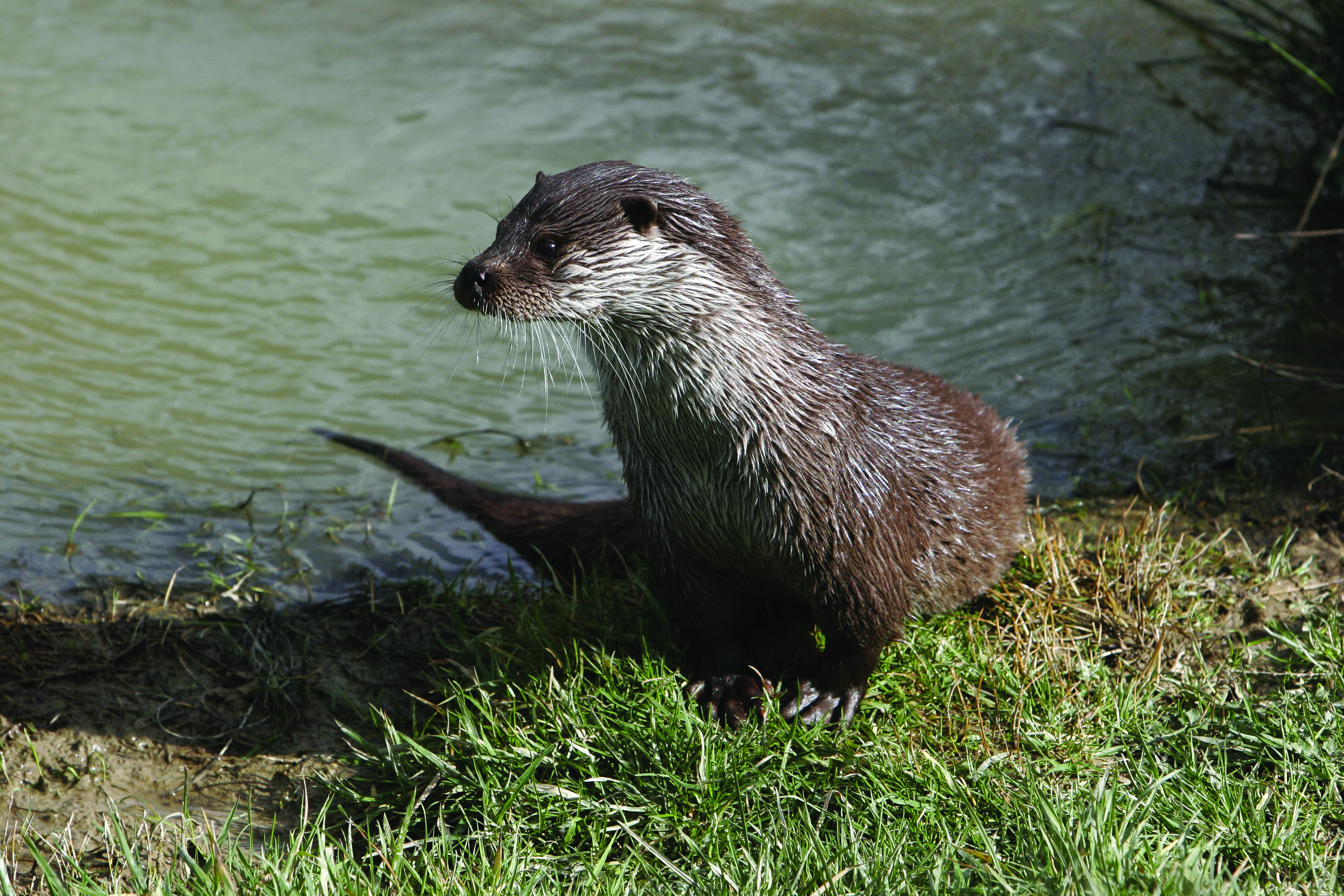
Invasive carp movement and habitat use in Nebraska interior rivers
May 2027
- Invasive carp pose threats to native fish assemblages and ecosystem services of river and lake environments. Information pertaining to movement is needed to inform management actions including removal and gain a better understanding of population persistence and distributions across the landscape.
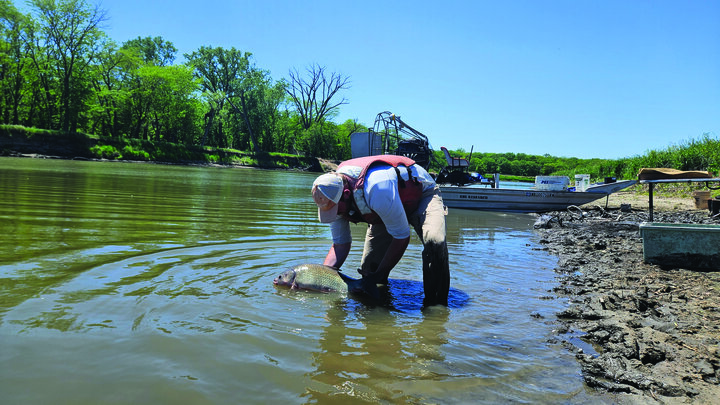
Evaluating reproduction, harvest, timing of season, connectivity, and spatial ecology of wild turkeys in Nebraska
December 2026
Wild turkeys are an important game species in Nebraska and across the United States of America. Managers and hunters have reported declines in the number of wild turkeys in Nebraska, similar to declines in other states and regions.
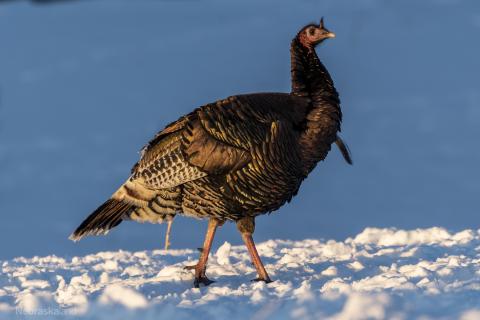
Implementation of Protected Slot Limits to Manage Largemouth Bass among Southeast Nebraska Waterbodies
May 2027
Largemouth Bass is a popular sportfish in North America and is predominately managed through restricting sizes and number available to harvest. Nevertheless, harvest regulations have had mixed results at meeting intended management objectives.
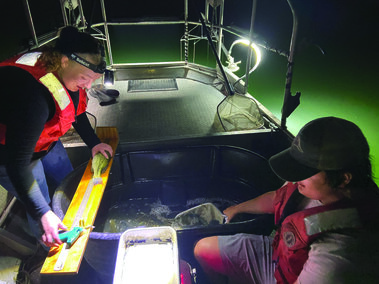
Rainwater Basin Joint Venture Science
December 2026
The Rainwater Basin Joint Venture’s (RWBJV) mission includes science–based conservation efforts for all priority bird habitats throughout Nebraska’s mixed–grass prairie region. The Management Board of the RWBJV is committed to implementing the U.S. Fish and Wildlife Service’s Strategic Habitat Conservation model. This science–based model requires a commitment of resources and time to develop a strong biological foundation for delivering conservation planning and designing research and monitoring efforts. To fulfill this commitment, the University of Nebraska–Lincoln hired Bradly Thornton as the RWBJV Science Coordinator. This position is the product of a partnership between the RWBJV, the Nebraska Cooperative Fish and Wildlife Unit, and the University of Nebraska–Lincoln School of Natural Resources.
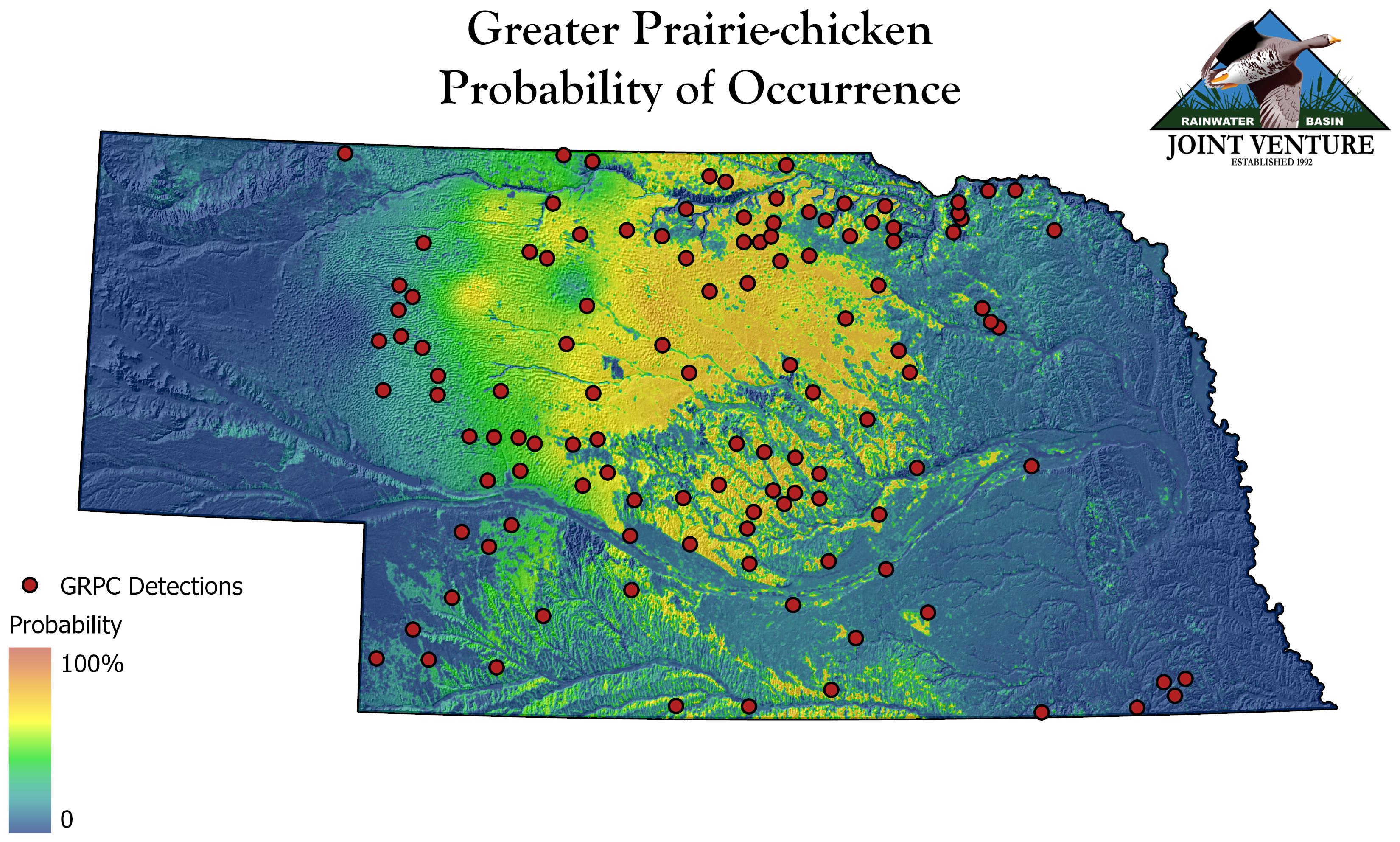
Pallid Sturgeon biology in Platte River and its tributaries
December 2026
The Pallid Sturgeon is a U.S. Threatened species that primarily inhabits the Missouri River and lower Mississippi rivers. Ongoing work in the main stems of large rivers has provided much critical information regarding the biology and ecology of the species.
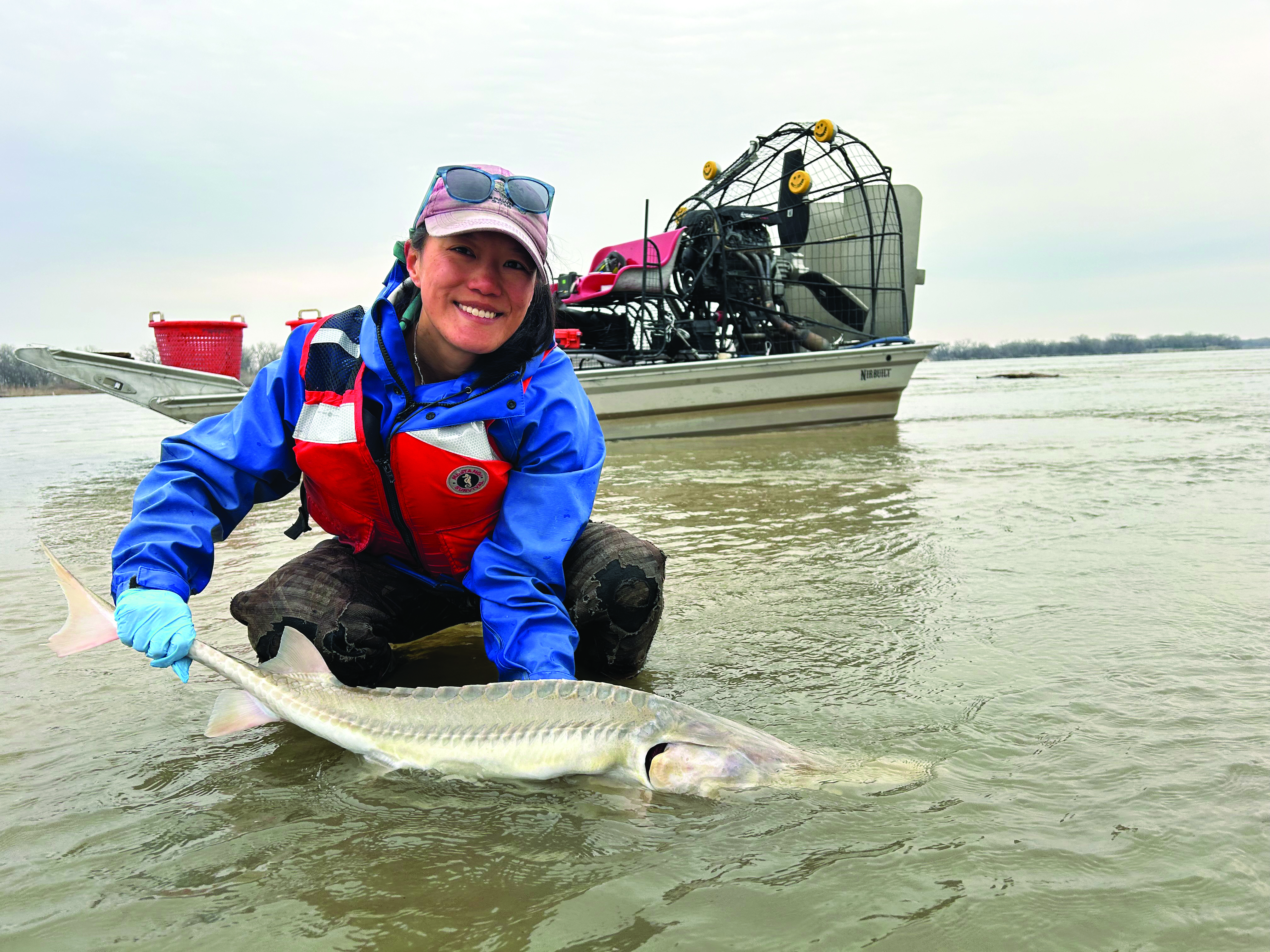
State-Wide Connectivity of Deer and Other Big Game in Nebraska
August 2028
Western Nebraska provides a complex mosaic of habitats for large game species to navigate. Although the movement ecology of these species has been studied individually, relatively little is known about the extent to which these species share common corridors or barriers to movement.
The ability of wildlife to move across the landscape, either as part of their annual cycle to exploit different habitats at critical life stages or in response to ecosystem change and resource availability, is fundamental to population viability and health. Disruption of migration routes or reduction of dispersal opportunities can increase extirpation risk beyond the effects of habitat loss alone.
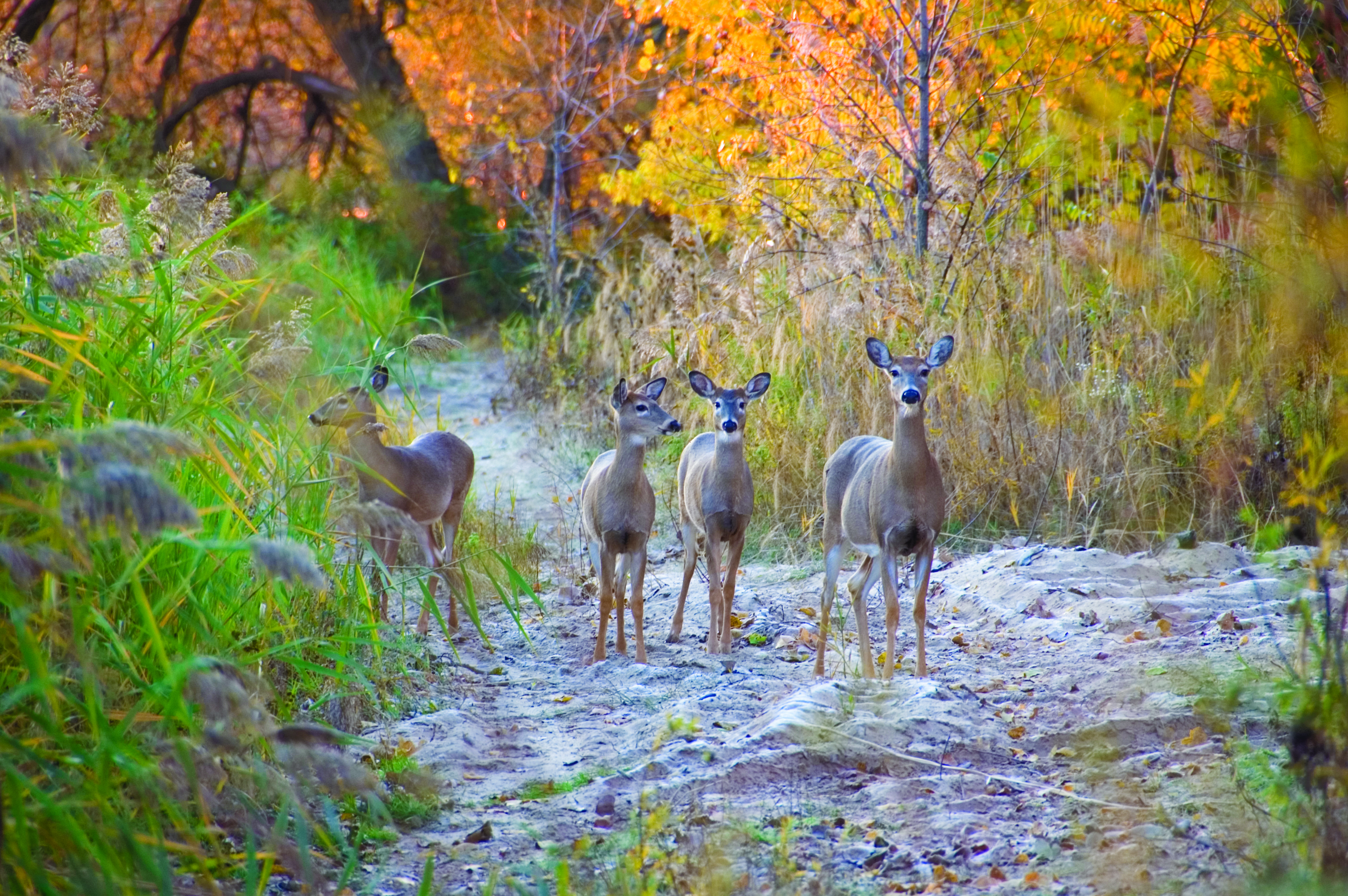
Nebraska Invasive Species Council Coordination and Technical Assistance to Prevent, Detect, and Control Nonnative Invasive Species Effects on State Resources
December 2025
- Decrease the risk of aquatic invasive species introduction into Nebraska by implementing a boat inspections and decontamination program
- Increase public awareness of AIS through an integrated outreach and education program
- Continue AIS monitoring to help focus prevention efforts
- Increase local and regional collaboration in the prevention of AIS
